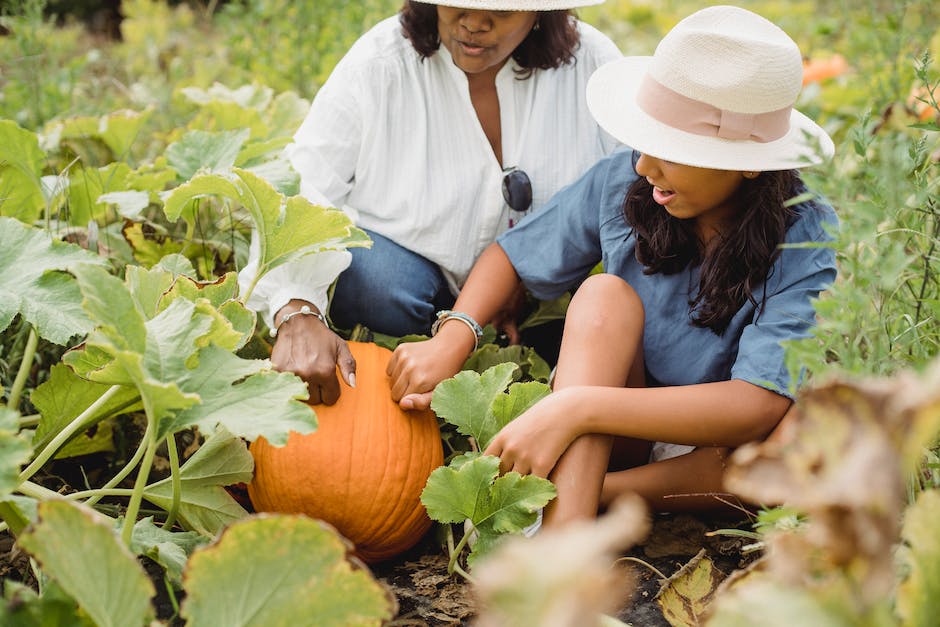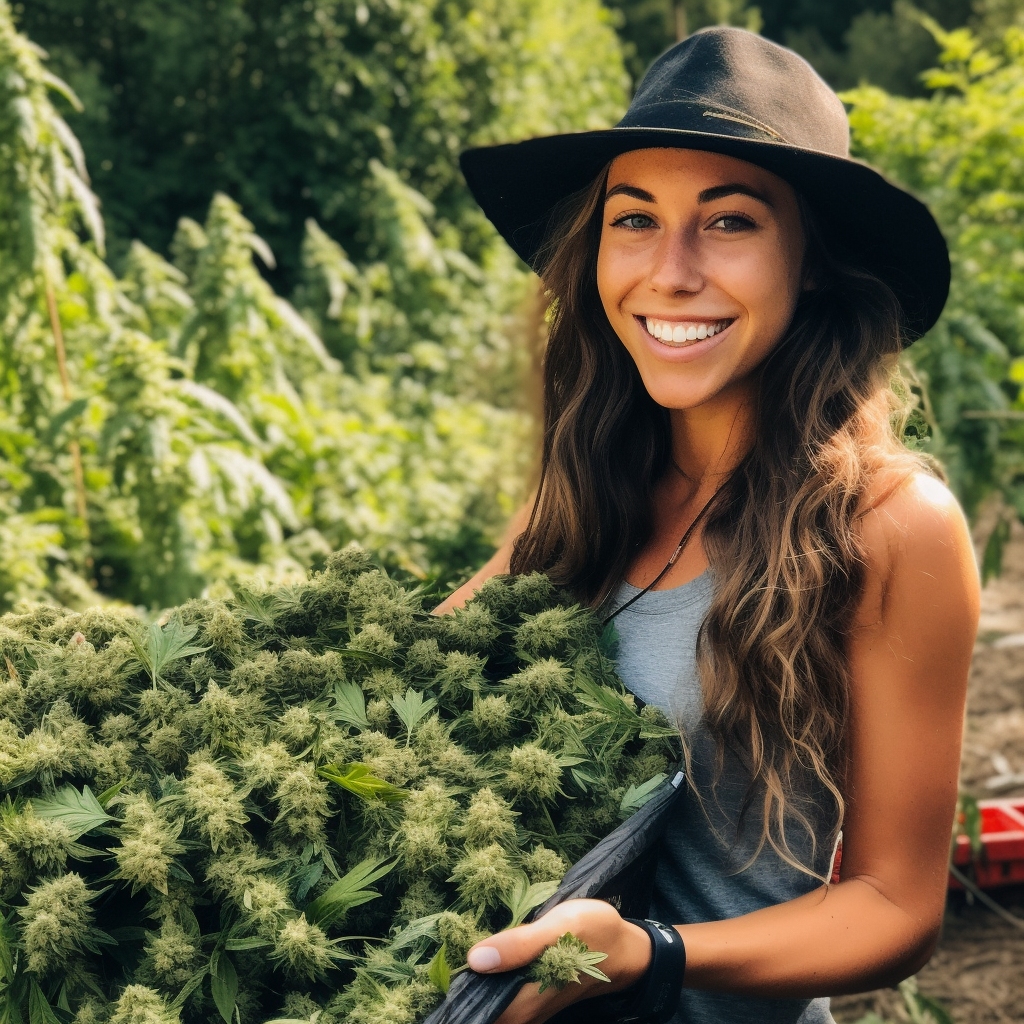With the right cannabidole plants,
By doing these checks and remaining patient, you can grow a large harvest. Most people save their first crop for last season because of this.
First, check the plant’s internals. If there are visible hollows or bruises, these signals indicate that something is wrong with the plant. Take it out! Then, wait for it to recover before working on it again.
Once you do have your crop down, start working on it around Week 5 to 7 to let the plants recover from last season’s frost.
Check the temperature

Photo by Anton Uniqueton on Pexels
As soon as the cannabis has flowered, it is time to monitor it. This is also when most people make mistakes that harm the plants!
To keep tabs on the temperature, place a pot outside in aperature for about a day and check it for water or dry leaves. If any is evident, put into a warm oven or steam bath to heat and dry out.
If you have access to a heating pad or an electric blanket, use those instead of a hot surface. The heat may cause the plant to turn brown and die off.
Make sure you are being careful enough or your harvest will be short! plants can take up to month to temperature if not checked promptly.
Make sure there is enough oxygen around your plants

Your plants will grow more quickly in a low oxygen environment. This is why some experts recommend using a gas stove to heat the room where your plants are located to allow sufficient air to meet their needs.
Once the plants are up, the trick is to make sure there is enough oxygen around them. This can be done by using a partial pressure of oxygen (PPO oxide) in the water that gets delivered to your plants, by using an anticooking agent in the irrigation system, or by having fans available to remove excessive air.
By having these measures in place, you will prevent your plants from reaching their optimum growth conditions and safety standards. You may also end up with leaves that are brown or burnt, which happens when overheat causes dryness and burnishing of the leaves. These safety measures prevent this from happening.
Harvest when trichomes are clear

When the trichomes on your cannabis are white, clear, or grey-colored, this is when the plants are at their peak performance. This is also the time to be most concerned about pests and weather-related issues.
To ensure a successful harvest you should wait until around December or January to plant your plants. This is when the colder weather has settled in and established itself. By then it will be a solid year of growth behind it!
By waiting this time you will save yourself from spending money to have your plants sent into winter shelter mode, or to have them protected from cold weather.
Dry your cannabis properly
When you open a can of cannabis, you risk leaving behind water or water droplets in your cannabis. This is not good business if you want a high yield due to this.
If you leave some water or moisture in your cannabis, it can cause rotting, which is very bad news. This is a leading cause of poor quality cannabis and frequent rescheduling by state authorities.
Rising heat and dry conditions can also cause damage to your plant. If this happens, try using a different plant or two instead of just using the one can of cannabis.
Dryness is important for many reasons when growing plants. Use only the most minimal amount of water when necessary and avoid rising the temperature too much while cultivation takes place.
Use a dry ice dryer

When you thaw your moss or javaScript, make sure to let it dry immediately after so it can continue to ripen and dry. This is important because the plants will not survive if they are wet or shriveled when they come up from their long drying time.
When you wrap your plant in plastic and let it sit for a few days, it will eventually frozen solid and not easily pull out. It will have to be thawed and replanted, which is very time consuming and potentially damaging.
By letting your moss or JavaScript dry immediately after being planted, you can easily remove any damaged or shriveled plants. This tip also helps save you from having to replant your moss orJavaScript several times during the growing season due to water loss.
Do not let plants get too crowded

This is one of the biggest beginner errors. Too many plants can problematic both financially and physically!
When plants are too close in soil, space becomes difficult. This allows root systems to be impeded, nutrients to become depleted, and foliage to be overgrown.
If plants are not provided with enough space to develop and thrive, then they may lose some of the leaves they start off with and/or possibly develop some stem growth.
This can happen for a number of reasons: too much growth can be expensive (thinness of stems and leaves) or because the owner did not want to take the time to thin out the plant due to how big it was.
Rotate your plants

When trying your first crop, it’s important to be careful. Our plant owners are very delicate things, and you can make things go wrong if you do not rotate your plants or take precautions.
During growth, the leaves are sectored by tiny sprouts. These sprouts are called root hairs. These roots can grow up the shoots and become danger to your system as it clogs up the system.
To prevent this, take away all of your roots when they reach the floor or try a soil based method such as an amendment such as table salt or baking soda. It is also best to never let your plants sit in water even if they are dry because this would promote further growth.
Another precaution is to avoid using fire or heat where your plants are growing.
Control pests with natural methods or pesticides

Pests can attack your plants in two ways: by infesting them and by damage. If one of these external threats to your cannabis plants is removed, another will likely to take its place.
It’s a cycle that can be devastating to your plants. An estimated 5% to 10% of plant species use some form of defensive mechanism against pests, making pest management a critical component of cannabis cultivation.
Some of the most common pests found in cannabis are winged insects, whiteflies, cals and mops (chrysfallas), Dutch elm disease (decompaction) and green stink bug (disappearing vesicles).


